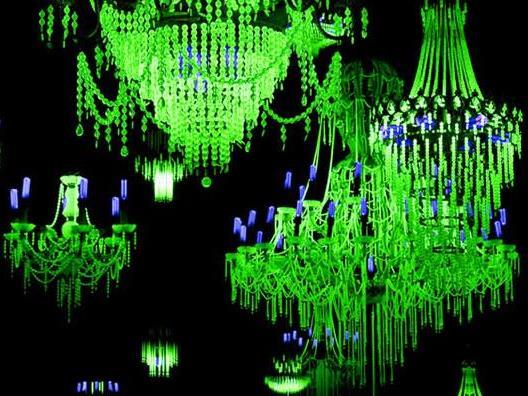Ken + Julia Yonetan, The Last Supper
Two apparently unrelated announcements in the cultural sector this week cast light on the Government’s priorities when it comes to our cultural spending.
The first is that the National Gallery of Australia is closing its contemporary arts space. The second, made on Anzac Day – the last day the contemporary arts space was open – is the distribution of almost $800,000 worth of community cultural projects.
The closure of the NGA Contemporary Art Space, a dedicated building on Lake Burley Griffin which displayed cutting edge work exploring contemporary issues, is a result of the Federal Government’s 3% ‘efficiency dividend’ announced in December 2015. Cultural institutions are being required to find $40 million in savings, of which the NGA’s share is $3.9 million over the next two years.
The Anzac Day announcement was part of the $4 million over four years ANZAC Centenary Arts and Culture Fund Public Grants Program, which the Federal Government earmarked to ‘support the development, production, presentation, exhibition or performance of arts and culture projects that interpret, explore and contribute to the Anzac story and the Anzac legacy’.
Put these two together and what we have is a Government that cannot afford to spend roughly $4 million on contemporary art but can afford to spend it on cultural memory. Let’s not pretend that’s about efficiency. It’s about priorities, as spending decisions always are.
The Anzac cultural funding of $4 million is a drop in the bucket compared to the $104.8 million lost by the Australia Council last year – only a third of which has been returned and the rest of which is now in the hands of the Minister through Catalyst.
But it is a symptom of a funding context in which the art that gets made is more and more the art the Government wants made. Coming in the wake of the reduction of arms-length funding through the Australia Council and the fact that $70 million worth of arts funding is now in the gift of the Minister, the decision to direct artists to ANZAC projects while not providing the funds they need to explore their own ideas is hardly an indication of democratic vitality.
Read: Another Catalyst grant…and it smells like pork.
Read: Has the ANZAC centenary driven arts funding off course?
The art we fund is an indication of the issues we consider important. In the case of arms length funding, those issues are chosen by the artists and the funding is decided on the basis of artistic merit, as judged by peer reviewers. In the case of Government, it is inevitably influenced by broader agendas, economic or political.
The final exhibition at the NGA’s Contemporary Art Space, which closed on Monday, was titled, ironically, The Last Supper. The work by Ken + Julia Yonetani included chandeliers made from uranium glass, which make radiation visible, and a nine-metre loaded banquet table made of more than one tonne of groundwater salt.
The exhibition interrogated issues around the environment – specifically nuclear power and land contamination, contemporary issues that do not come with the easy cultural reference points of 100 years of history. While NGA Director Gerard Vaughan emphasises that contemporary work will continued to be displayed in other parts of the NGA, some work like this, the work of contemporary Australians, will be lost with the closure of the contemporary art space.
It is important to acknowledge that clever creative work can produce historically-influenced art with important contemporary implications. A case in point is Wesley Enoch’s Black Diggers which, in bringing the stories of Aboriginal soldiers to public attention, challenged our images of Aboriginal people and of Australian heroes.
Read: Theatre unearths Australia’s shame
But Black Diggers developed as an artist-initiated work, not in response to some pot of money. What if an artist has a brilliant work which condemns war, explores the abuse of conscientious objectors or questions the heroism of the ANZACs? It’s unlikely there will be funding for that.
The ANZAC funds are not simply an algebraic equivalent of the money the NGA has lost. The ANZAC funds are spread over four years and over a large number of community-based organisations, a fact that can only be applauded by an arts industry concerned that it is the small to medium organisations that are suffering most under Catalyst. Not that the project funding from the Anzac centenary pool will directly help the STMs who have lost access to operational funding through the Australia Council.
An exception to the ‘efficiency dividend’ for the NGA would no doubt have caused much angst as other organisations and sectors also clambered for exceptions.
There is, on the other hand, a strong argument for an exception for the cultural sector based on the erosion of public funding to cultural institutions.
But the bigger concern that this juxtaposition highlights is that when cultural funds are directly in the gift of governments, the nature of art and therefore of cultural commentary is determined by governments. That’s not just bad for art. It’s bad for democracy.





